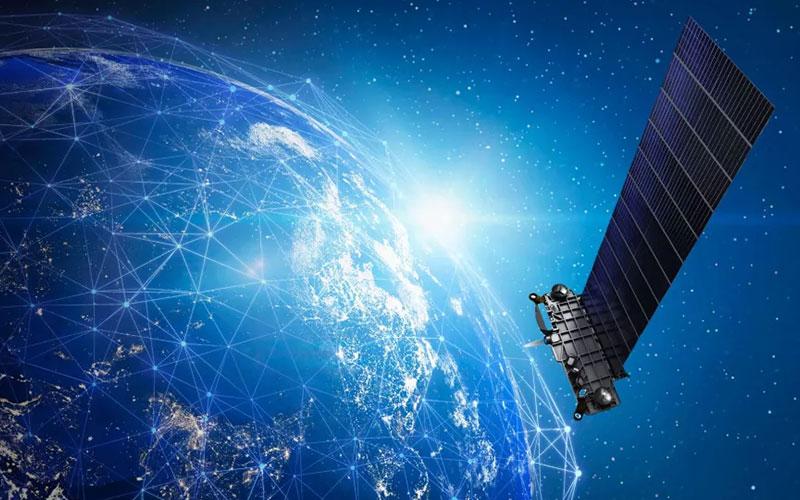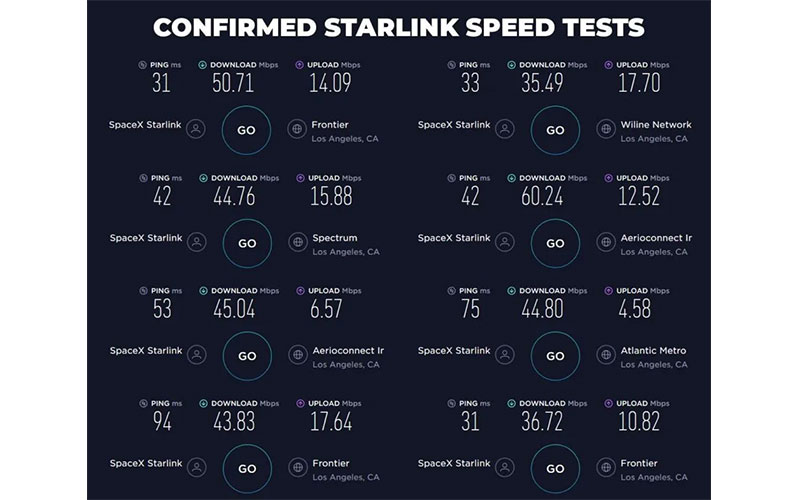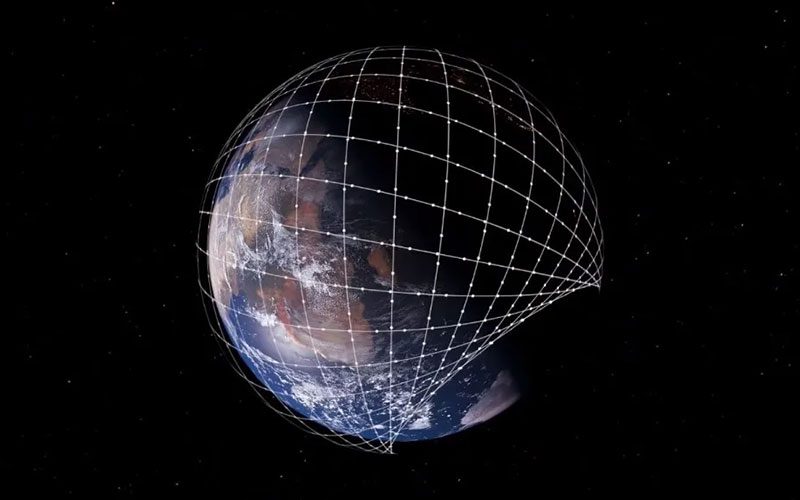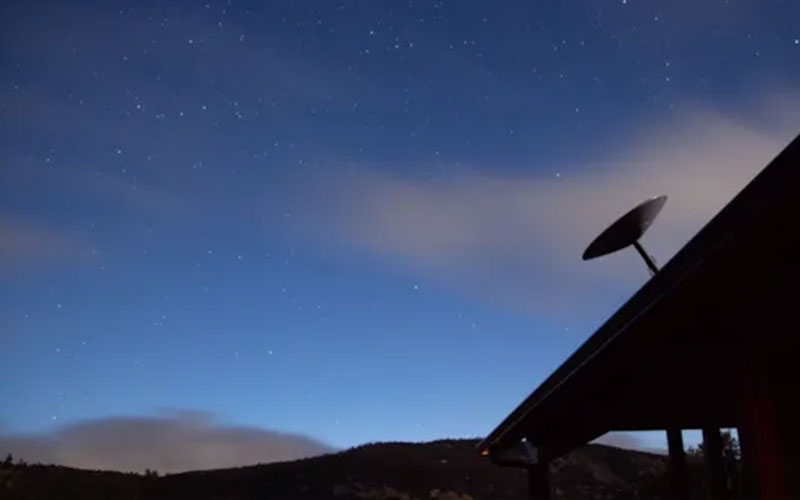Starlink is a satellite constellation system that aims to deliver global internet coverage. This system is ideally suited for rural and geographically isolated areas where internet connectivity is unreliable or nonexistent.
A SpaceX initiative to create a global broadband network, Starlink uses a constellation of low Earth orbit (LEO) satellites to provide high-speed internet services. SpaceX, more formally known as Space Exploration Technologies Corp., is a privately held rocket and spacecraft company that Elon Musk founded in 2002.
How does Starlink work?

Starlink operates on a satellite internet service technology that has existed for decades. Instead of using cable technology, such as fiber optics to transmit internet data, a satellite system uses radio signals through the vacuum of space. Ground stations broadcast signals to satellites in orbits, which in turn relay the data back to the users on Earth. Each satellite in the Starlink constellation weighs 573 pounds and has a flat body. One SpaceX Falcon 9 rocket can fit up to 60 satellites.
How fast are internet speeds?

Starlink offers unlimited high-speed data through an array of small satellites that deliver up to 150 Megabits per second (Mbps) of internet speed. SpaceX plans to double this rate in the coming months.
According to a recent Speedtest by Ookla, Starlink recorded its fastest median download speed in the first quarter of 2022 at 160 Mbps in Lithuania. Starlink also clocked in at 91 Mbps in the U.S., 97 Mbps in Canada and 124 Mbps in Australia. Starlink in Mexico was the fastest satellite internet in North America, with a median download speed of 105.91 Mbps. The Speedtest further revealed that upload speeds have seen a downward curve of at least 33% in the U.S. — from 16.29 Mbps in the first quarter of 2021 to 9.33 Mbps in the second quarter of 2022.
How much does Starlink cost?
Starlink offers the following three internet packages:
- Internet. This package is geared toward residential use and costs $110 per month, plus a one-time charge for the hardware of $599.
- Business. The business package provides twice the antenna capability of the residential offering along with faster internet speeds. It costs $500 per month with a one-time equipment charge of $2,500.
- RV. In June 2022, the U.S. Federal Communications Commission authorized SpaceX to use Starlink with moving vehicles, including recreation vehicles, airlines, ships and trucks. So, people on the road can now get access to the Starlink RV service for $135 per month plus $599 for the hardware.
To request service, a user must enter their address on Starlink’s website to check for service availability in their area. If the service isn’t available in their area, Starlink will provide an approximate date of when it will arrive. Most users stay on the waitlist for months, and most waitlists have been pushed into early 2023.
For those coverage areas where service is currently available, That fills the service requests on a first-come, first-served basis. To reserve a spot for service, a customer can preorder Starlink through its website, which requires a refundable $99 deposit.
Can you use Starlink in bad weather?

SL was designed with rugged weather conditions in mind. According to the company’s website:
“Designed and rigorously tested to handle a wide range of temperatures and weather conditions, That is proven to withstand extreme cold and heat, sleet, heavy rain, and gale force winds — and it can even melt snow.”
Starlink uses LEO satellites and a phased array antenna to help keep its performance intact during extreme weather conditions.
The following examines how well the Starlink satellite operates in various weather conditions:
Cloudy weather. A typical cloudy day won’t affect Starlink. However, storm clouds could affect the signals, as they tend to create rain, which may cause signal interruptions. Storm clouds are also moister and denser, which can play a big part in the degradation of a satellite signal.
Rain. Light rain generally doesn’t cause issues, but a heavy downpour can affect the Starlink signal quality. Heavy rain is associated with thick, dense clouds. The denser the clouds are, the higher the chances that the radio signals coming to and from the Starlink satellites could get blocked.
Winds. A properly secured and mounted Starlink dish that doesn’t sway or move won’t be affected by strong winds. The Starlink dish comes with a phased array antenna that can track satellites flying overhead without the need to move physically. This also helps prevent signal interruptions.
Snow. Light snowfall shouldn’t affect the Starlink signals, but heavy snow can affect performance due to the moisture buildup. SL dish comes with a heating function that melts the snow automatically, but if the snow buildup is on top of the dish, it might need to be cleaned out manually to avoid signal issues.
Sleet and ice. Similar to rain and snow, heavy sleet and ice could also negatively affect the Starlink signals. The heating function automatically melts ice and snow, but a heavy icing or sleet event would require manual intervention for cleaning the dish.
Fog. Normal fog shouldn’t affect SL’s signal, but dense fog could cause signal loss or interruptions. Heavy fog carries a lot of moisture and can be dense enough to interrupt the signal.
How many Starlink satellites are in space?

As of July 24, 2022, SpaceX launched 53 satellites in what was the 33rd Starlink launch of 2022. This follows a successful launch on July 22 2022 in which 46 Starlink satellites were sent into orbit. The company has launched almost 3,000 satellites in low Earth orbit



No comment